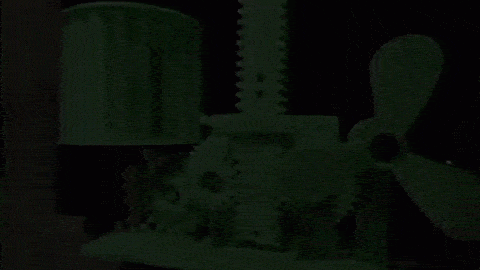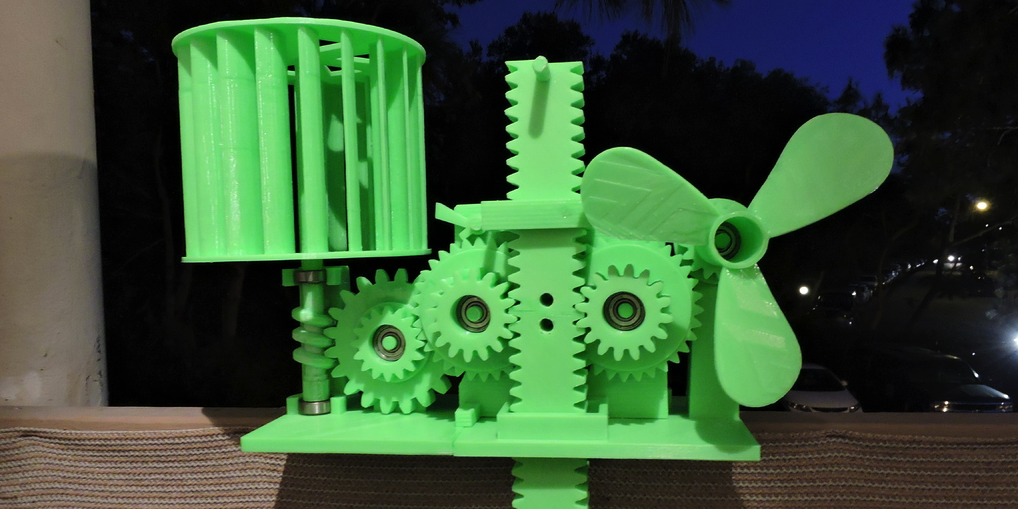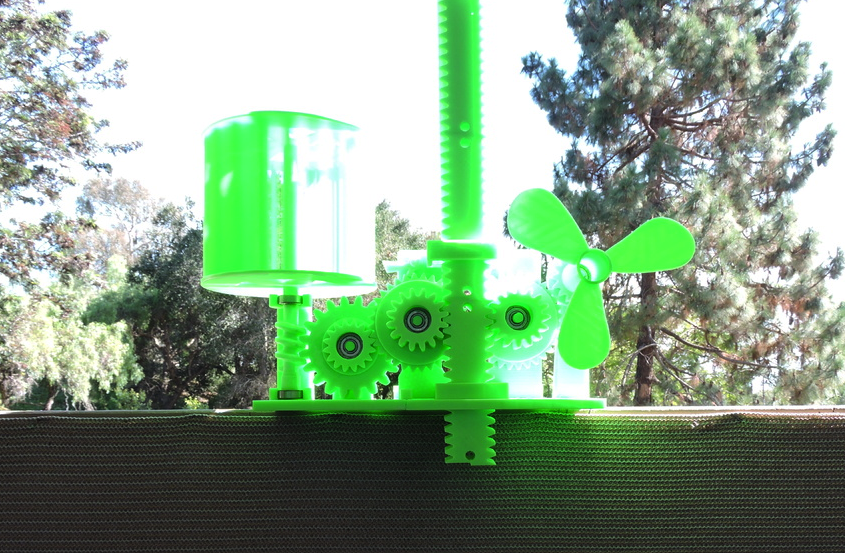 Renewable energy is what will lead the planet to better self sufficiency. It will help the developing nations become more developed and the already developed nations become more independent from one another as well as more economically well off. Over the past decade, a lot of funding (perhaps not enough though), has gone into the research and development of various forms of renewable energy. This includes energy production through wind and solar, and a relatively new method of gravity energy storage.
Renewable energy is what will lead the planet to better self sufficiency. It will help the developing nations become more developed and the already developed nations become more independent from one another as well as more economically well off. Over the past decade, a lot of funding (perhaps not enough though), has gone into the research and development of various forms of renewable energy. This includes energy production through wind and solar, and a relatively new method of gravity energy storage.
For one man, named Mike Blakemore, who we have covered previously, he recently got the idea of creating a small 3D printable device that could collect energy via the wind and then store it in gravity.
“I was helping a renewable energy conference get connected to the Internet and gravity storage was a discussion topic,” Blakemore tells 3DPrint.com in an interview. “This project is my entry to the MakerBot Thingiverse Catch The Wind Challenge. All parts fit within the build volume of the MakerBot printers.”
We’ve covered several very interesting projects over the past month, which have been part of this same Thingiverse challenge, but Blakemore’s project may have the most potential for long term sustainability than any of the other entries we’ve seen.
The project started as an idea in his head, and then he tells us, he transferred these ideas to paper, before turning to Autodesk 3ds Max in order to design and model his unique device. He then 3D printed all of the parts on his daVinci 1.0 3D printer. The printing process took him about 3 days to complete, yet he only needed to design a single iteration in order to get a fully functioning device.
“I looked at pictures of vertical wind turbines and designed one from scratch around some spare skateboard bearings,” Blakemore tells us. “I’m a little shocked at how well it works with even the slightest breeze.”
The way the device works, is that as wind turns the vertical turbine, a set of gears transfers the energy to the 3D printed “gravity battery”. A moveable part allows for the gravity battery to switch from charging mode to expending mode. When set to the “charge” position, the wind turbine causes the toothed rack gear to move up. When set to the “expend” position, the energy that has been collected is transferred to the fan on the right side as gravity pulls the rack gear down (seen in the videos and photos).
“Multiple copies of the rack gear can be glued together to increase the storage capacity of the battery indefinitely,” Blakemore explains. “There is a small release lever on the top left of the movable battery area that keeps the gears moving in one direction.”
This design is based on the gravity battery concept, which is a battery that doesn’t have a limited lifespan. It uses the principle of exploiting the forces of gravity to store surplus energy. A lot of research has been going into combining this type of battery system, as seen on Blakemore’s device, with solar energy collection. It works in a similar fashion as the age-old pendulum clock. The energy can be stored for an indefinite period of time, which can provide for many more benefits than what traditional batteries, which have specific lifespans, can.
Although Blakemore’s device is not a large sophisticated system that could actually be put to use for very much, a larger scale, further developed model certainly could help lead us to energy independence and much better energy storage in the future.
“While gravity batteries are a fairly new concept for solar and wind, the idea has been around for a long time,” Blakemore tells 3DPrint.com. “Hydroelectric plants use gravity to turn electric motors with water when demand is high and will usually pump water back into reservoirs when demand is low.”
It should be interesting to see if this device and concept can be developed further. What do you think about the potential that Blakemore’s device provides? Discuss in the Storing Wind Energy in Gravity forum thread on 3DPB.com. Check out the videos of it in action below
Subscribe to Our Email Newsletter
Stay up-to-date on all the latest news from the 3D printing industry and receive information and offers from third party vendors.
Print Services
Upload your 3D Models and get them printed quickly and efficiently.
You May Also Like
Could 3D Printing for Biocomputing Make Wetware Aware?
As an AI arms race consumes ever more electricity, and every ChatGPT search query costs $0.36, the search for new ways of computing has intensified. One answer could be in better...
Bambu Lab Launches Software to Manage 3D Printer Fleets—No Cloud Needed
Bambu Lab has introduced a new software tool, Bambu Farm Manager, designed to help users manage large fleets of 3D printers over a local network, without relying on the cloud....
Consolidation in AM: How 2025 Is Shaping the Industry’s New Normal
The first half of 2025 has been marked by a clear shift in the additive manufacturing (AM) industry. Companies are no longer just focused on developing new tech by themselves....
3D Printing News Briefs, July 2, 2025: Copper Alloys, Defense Manufacturing, & More
We’re starting off with metals in today’s 3D Printing News Briefs, as Farsoon has unveiled a large-scale AM solution for copper alloys, and Meltio used its wire-laser metal solution to...



































